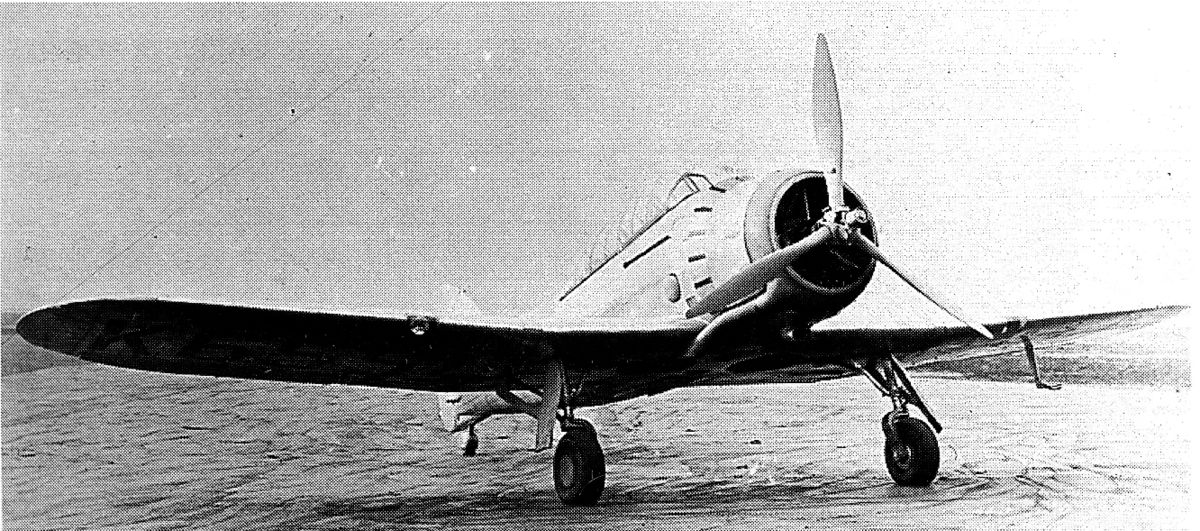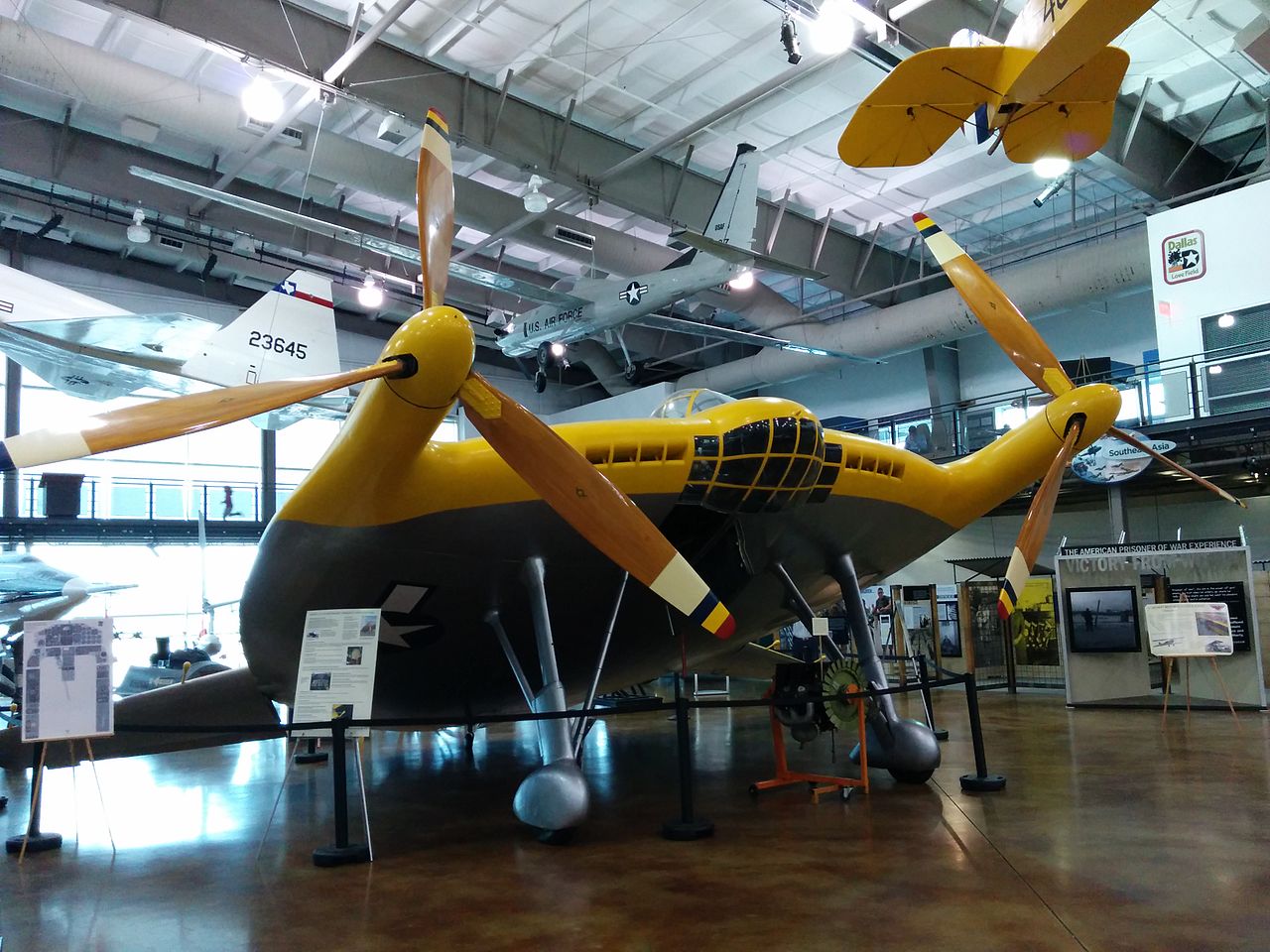The Britsh specification A.39/34 for the Army cooperation aircraft called for just one aircraft type, a 2-seater with good low-speed abilities, and ability to be armed with bombs and guns. So let's split this for the needs of this thread:
Army will buy a light aircraft type for artillery spotting and liaison, as well as the ability to carry one stretcher, all while using very short strips; the another aircraft type needs to be much more suited for combat, while also suitable for take off and landing strips that can be substantially worse than the airbases the RAF uses. Monoplanes both of them, single-engined. The combat type is a single seater, with spare space that allows for a 2-seater to be produced need-be.
Ease of construction is also a requirement for the both types, so is the ease of servicing, fueling and arming (for the combat type).
Catch is that neither of these types has dibs on the modern and most powerful engines,. The non-combat type can get any engine made in UK that has less than 350 HP. The combat type is limited to under 900 HP engine, again made in UK. These power values are for 1935-36, by what time the winners will get the contract, 300 aircraft for each type. Expected is that prototypes fly before 1937, with production start before 1939.
If and when the engine supply improves, AM will reconsider what kind of engines' upgrade can happen.
Army also has no dibs on the modern monoplanes the RAF is ordering or it is about to order, like the Battle, Hurricane or Spitfire, even with the lower-powered engines.
Army will buy a light aircraft type for artillery spotting and liaison, as well as the ability to carry one stretcher, all while using very short strips; the another aircraft type needs to be much more suited for combat, while also suitable for take off and landing strips that can be substantially worse than the airbases the RAF uses. Monoplanes both of them, single-engined. The combat type is a single seater, with spare space that allows for a 2-seater to be produced need-be.
Ease of construction is also a requirement for the both types, so is the ease of servicing, fueling and arming (for the combat type).
Catch is that neither of these types has dibs on the modern and most powerful engines,. The non-combat type can get any engine made in UK that has less than 350 HP. The combat type is limited to under 900 HP engine, again made in UK. These power values are for 1935-36, by what time the winners will get the contract, 300 aircraft for each type. Expected is that prototypes fly before 1937, with production start before 1939.
If and when the engine supply improves, AM will reconsider what kind of engines' upgrade can happen.
Army also has no dibs on the modern monoplanes the RAF is ordering or it is about to order, like the Battle, Hurricane or Spitfire, even with the lower-powered engines.




